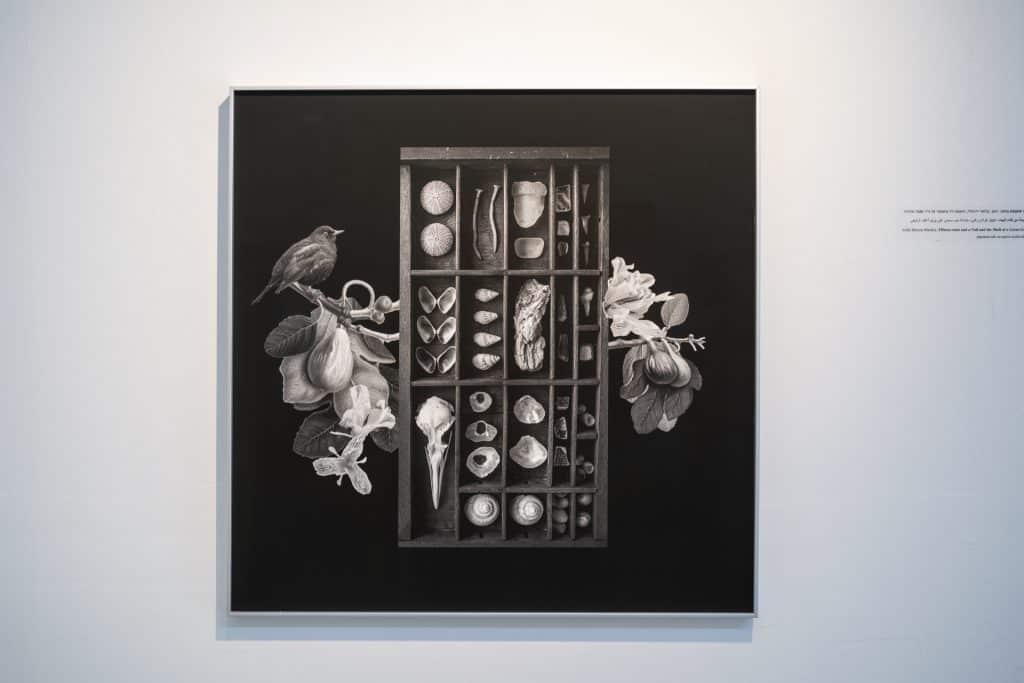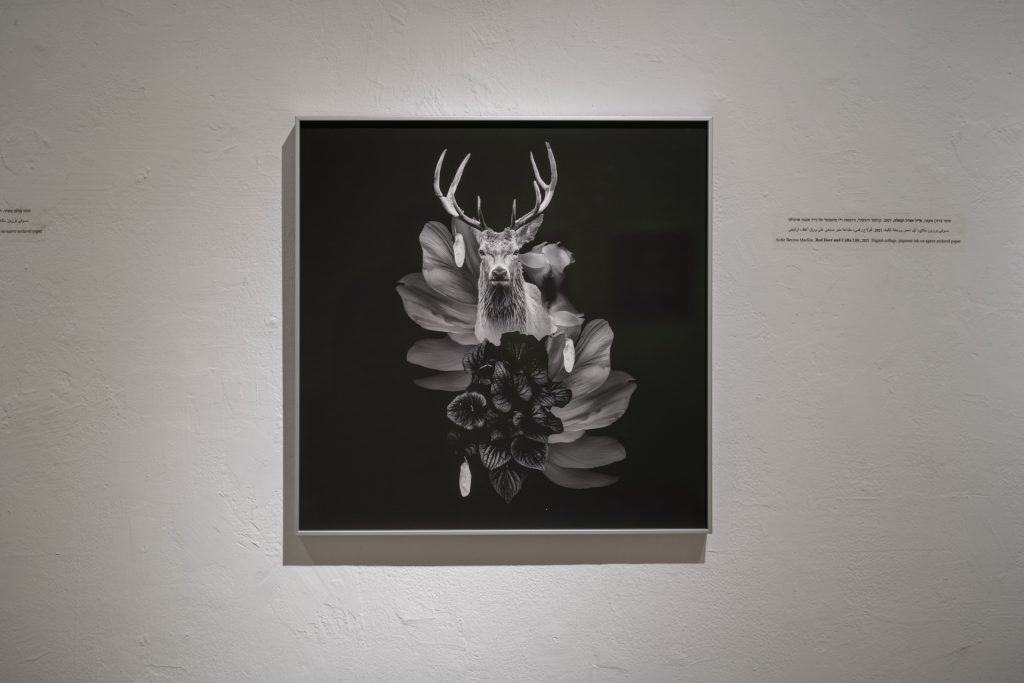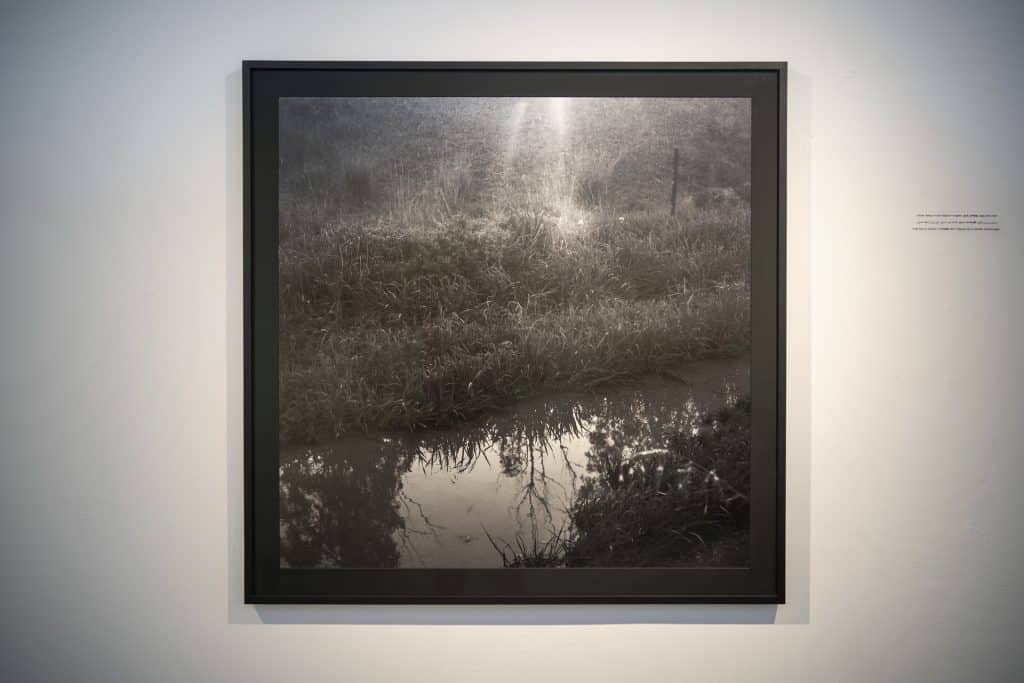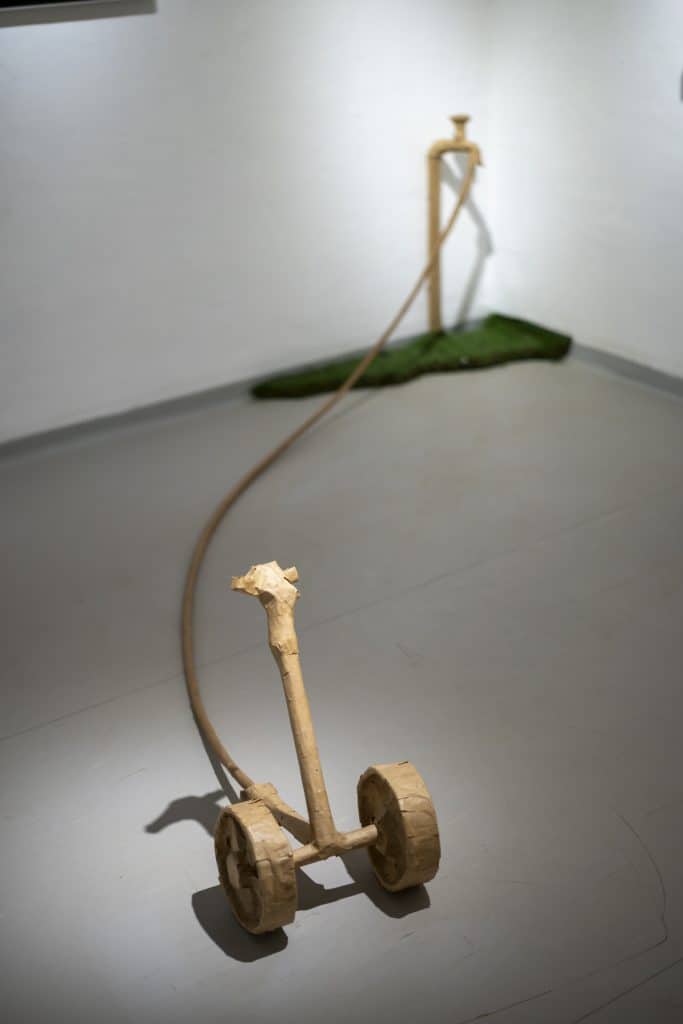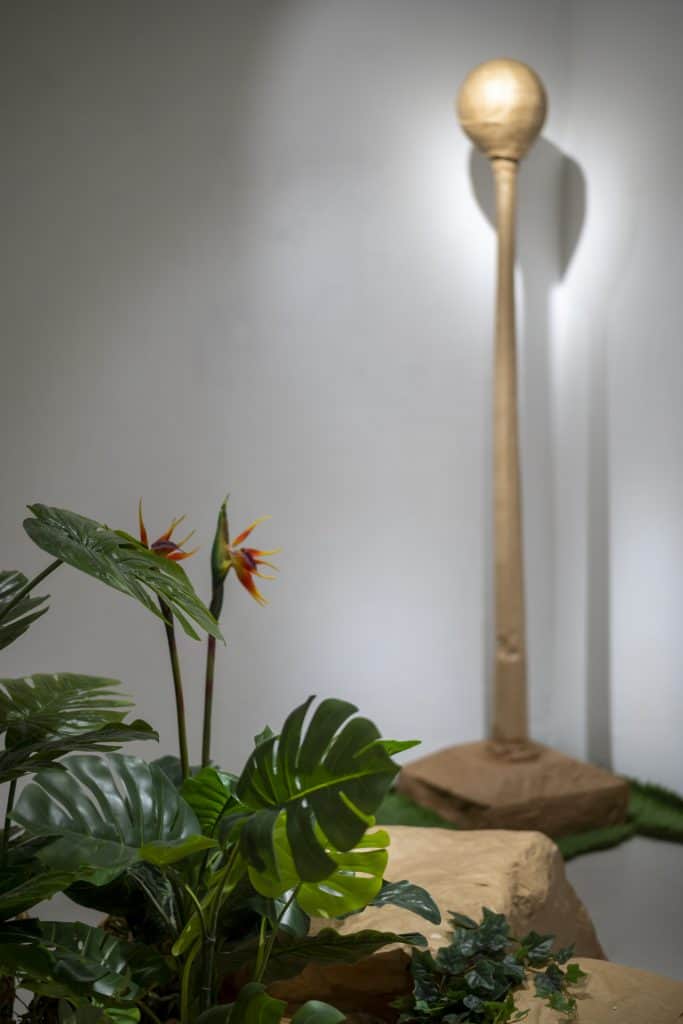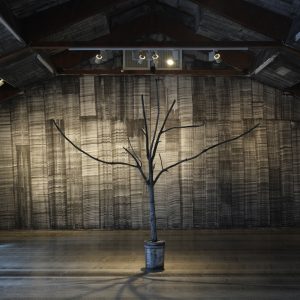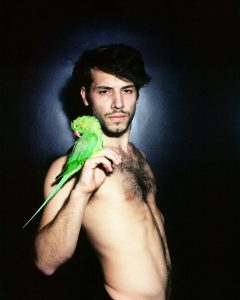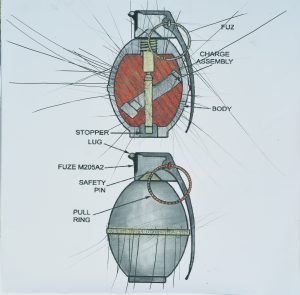People used to call the kibbutz a “nature reserve”, a concept proudly embraced by its members, as a place that preserves its values, balances spiritual and material life, connects nature and culture, and serves as a shining example and role model for society. “Ever since I can remember myself as a young girl living in Kibbutz Be’eri and to this day, whenever guests from outside come to visit, they look around with amazement, and blurt: Nature Reserve! The nickname stuck with us … it has become part of our team spirit… Our uniqueness was that we remained “a kibbutz of yesteryear” … but perhaps today this preservation only serves to bind us, and it is actually a thin, false outer shell, an appearance, no longer holding the inner kernel of the past. Are we all “members”? “Partners”? Can we still find the core of the kibbutz established by our parents behind the houses, sidewalks, trees and lawns and public gardens, lampposts and benches?” – Ziva Jelin. Ziva is a native of Kibbutz Be’eri in the western Negev, who lives and works there to this day.
Sofie Berzon MacKie came to the kibbutz as a child from the great city of London, and has since held within her these two different worlds. Both Jelin and MacKie live in the same kibbutz, and have been engaged in a dialogue as artists and as curators working together at the Be’eri Gallery. Their lives are intertwined with the nature inside the kibbutz and that on the other side of the fence, in the western Negev bordering Gaza.
Ziva works. From old-fashioned brown wrapping paper, she constructs empty backdrops, shells of objects that form part of the scenes of her childhood: a bench and a lamppost, a sprinkler in the grass, a rockery with a public garden (a joint piece by both artists). The landscape of the public space is painted on shutters and walls in the simplest white wall paint. Her studio embraces rusty junk with a 50-year-old scent. Her paintings, lyrical and beautiful, make the heart rustle. Ask Ziva about the pothos plant and other artificial vegetation in her works and she will tell you that today you do not have to make an effort to grow plants, you can buy cheap and durable replicas, which will not wither for excess or lack of irrigation and will remain green forever.
The book “Ways of Seeing” by John Berger that Sofie has been reading recently talks about “….the social institutions which in strip man of his natural essence Nature thereby acquires the meaning of what has grown organically, what was not created by man, in contrast to the artificial structures of human civilization. At the same time, it can be understood as that aspect human inwardness which has remained natural, or at least tends or longs to become natural once more… The image of a wild animal becomes the starting-point of a daydream, a point from which the day-dreamer departs with his back turned.” John Berger, Ways of Seeing
Sofie dreams, photographs and digitally treats animals and plants, in every “nature” she finds around her, from her infancy in England, through her childhood in the kibbutz and its surroundings, to her life as a mother to children growing up in today’s kibbutz. She is also interested in the blackbird in the tree in front of her house, nocturnal creatures and camouflage in animals, the animals from the London zoo and butterflies from here and there. The beginning for her is a deep black death that can swallow you up; it is joined by meticulous parts of animals, Israeli nature (irises, cyclamen, fig leaves), kibbutz horticulture (a Bauhinia tree, bougainvillea, calla lilies – in Be’eri people used to plant them in their front gardens) and typical kibbutz still life. Like Ziva, she isolates images: the lamppost, the curtains of the social hall, a brutalist-style bench. The two artists sometimes use the same images that Sofie captures with her camera, each for her own work. Sofie puts together collages, small islands, stories of identity and place. She is drawn to and draws from the worlds of museums of natural history and zoos, both institutions that were born in the 19th century and saw themselves as cultural institutions, a source of education, even though they were largely a showcase for imperialist colonialism. The zoos keep animals whose surroundings are painted and the cage frames them like a painting; in museums, the animals are dead, cataloged, on timeless display. Both are examples of human dominance. How did these institutions come about and with this kind of aesthetics? When did man and beast lose the balance in their relationship?
Sofie seems to have arrived at the simple kibbutz, with its small and common nature, with her European eyes and aesthetics, so that her camera heroically captures even the simplicity of a puddle with the gaze of a London immigrant: half enchanted, half dressing these common sights in regal robes. “The kibbutz can exist in a completely separate solar system from London and that would make sense to me. I live with these universes spiraling within me. The integration and differentiation processes of immigrants are a dynamic thing that lasts a lifetime, it is a process of continuous dialogue between parts of your identity and this dialogue never ends, that is its nature, it is fluid and dynamic. Mine exists in the paths of the kibbutz. ” – Sofie Berzon MacKie.
Both artists, Ziva and Sofie, use the private and the personal to raise questions about nature and domestication, about their strange cooperative-capitalist way of life. Through kibbutz nature, they ask: Is all this still alive? Is it on life support? Is it artificial?
What is still alive and kicking and what belongs to the past and has died? Are they living the dream or are they locked in a gilded cage just before the kibbutz becomes a zoo, a place where people come to see what no longer exists naturally but serves as an exhibit of a world long gone?

